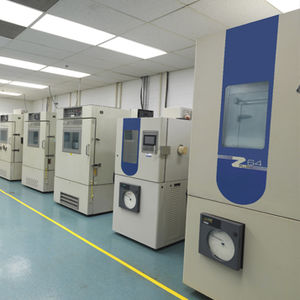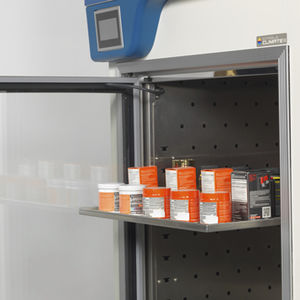

- Products
- Catalogs
- News & Trends
- Exhibitions
Temperature test chamber humiditypressurefor the aerospace industry
Add to favorites
Compare this product
Characteristics
- Test type
- temperature, humidity, pressure
- Other characteristics
- for the aerospace industry
- Temperature
Max.: 190 °C
(374 °F)Min.: -65 °C
(-85 °F)
Description
Altitude testing is a process whereby a part, product, package, or component is subjected to a different air pressure. The air pressure ranges which are simulated in altitude test chambers typically match those experienced in a range from 0 to 100,000ft.Any product which is expected to travel at varying altitudes should undergo altitude testing to verify it is durable enough to withstand the differential pressures that exist inside and out of sealed components and packages. We often find packages which are sealed at a relatively low altitude can experience explosive effects when the external pressure is reduced. This effect demonstrates the inability of the package to equalize internal and external pressures.Altitude testing for Defense & AerospaceAltitude testing standards utilized by defense and aeronautical industries often have additional factors which are added to a basic altitude test. Temperature and humidity variables can also be added to the test environment to more accurately replicate conditions experienced at extreme heights.This can be especially critical when dealing with aerospace equipment. Aerospace engineers must have confidence that all electrical and mechanical components will continue to function whether the vehicle is on the ground or in-flight. A typical temperature drop of 5.4°F occurs for every 1,000ft of change in elevation (assuming that no other factor is present in the air such as moisture). When humidity is added, the rate of temperature change at elevation can be as low as 3.5°F for every 1,000ft of elevation increase.
*Prices are pre-tax. They exclude delivery charges and customs duties and do not include additional charges for installation or activation options. Prices are indicative only and may vary by country, with changes to the cost of raw materials and exchange rates.





